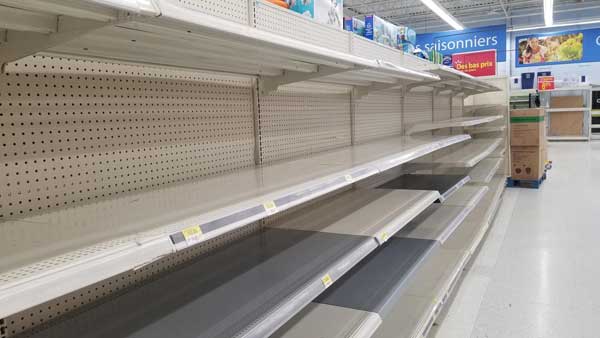Today, we delve into a pressing issue that has been largely overlooked: the surging crop futures and the impending drought conditions in the United States and other parts of the world. While this topic may not be on the forefront of news headlines, its significance cannot be understated. Join us as we explore the potential consequences of the drought on grain production, rising food prices, and global food security.

United States Crop Futures Surge as Drought Spreads
The United States is currently grappling with drought conditions that extend across the Midwest and other regions. This alarming situation has led to a surge in crop futures for wheat, soybeans, and corn. With the harvest season just a few months away, the implications of this drought on food production and prices are deeply concerning.
Implications for United States Food Production
The United States Department of Agriculture reports that wheat production in key states, such as Kansas, is anticipated to be the worst in 60 years. Flour mills in Kansas may have to resort to purchasing grain from Eastern Europe due to the shortage. However, the destruction of the kahovka dam in Ukraine and a shaky grain deal between Russia and Ukraine present additional challenges in procuring wheat from Eastern Europe.
Drought Conditions and the Corn Belt
Drought conditions are not limited to wheat production alone. The Corn Belt, a vital region for corn cultivation, is experiencing the worst drought in 30 years. As a result, U.S. corn prices are expected to soar. Furthermore, other agricultural sectors are also affected, such as the orange harvest in Florida, which is projected to be 56 percent smaller than the previous year.
Global Impact of Drought on Grain Production
The repercussions of the drought extend beyond the United States. Russia and Ukraine, historically among the top wheat exporters, are facing drier conditions as well. Australia forecasts a significant decline in wheat production due to the development of El Nino, while Canada, the world’s third-largest wheat exporter, is also grappling with drought conditions. These combined factors indicate a global decrease in grain production, leading to higher prices and potential shortages.
Challenges in Procuring Wheat from Eastern Europe
With the growing need to find alternative sources for wheat, Eastern Europe seems like a viable option. However, geopolitical tensions, particularly between Ukraine and Russia, pose significant obstacles. Recent limitations on cargo ship passages in the Black Sea port and ongoing conflicts in key wheat production areas of Ukraine make it increasingly challenging to rely on the region for grain procurement.
Conclusion
The impending drought and its effects on grain production present a grim reality for the world. Rising food prices are inevitable, and both developed and developing nations will feel the impact. While developed nations may experience higher prices, developing nations face the threat of acute food insecurity. The number of people facing acute hunger is already on the rise, and the situation is expected to worsen in the coming year. It is crucial for global awareness and concerted efforts to address this crisis and mitigate its consequences.
